I got off the Marvel movie bandwagon with the death of Tony Stark in Avengers: Endgame in 2019. By then the series’ glory days were clearly behind it. Black Panther, for one, surprised me by being pretty good.1 I was going to skip Captain Marvel, but a friend begged me to see it with her. It was execrable. Endgame was hardly a masterpiece but it gave Stark, who despite his flaws was the story’s moral center, a fitting and noble conclusion.
Nevertheless, I’ve been following at a distance as the franchise rolls down a cliff. I watched Shang-Chi and the Legend of the Ten Rings as an in-flight movie. It was garbage.2 Everything else post-Endgame I didn’t bother with, except to watch the roast videos on YouTube.
The latest tumble in Marvel’s descent is a kerfuffle involving the forthcoming Captain America: Brave New World. In a sane universe, the kerfuffle would be that the trailer came out, and the movie looks like it’s going to suck floor tiles. But it’s 2024, and the problem is that it casts Sabra.
You likely don’t know Sabra, so here’s the Wikipedia exposition:
Created by writer Bill Mantlo and artist Sal Buscema, the character first appeared in Incredible Hulk #250 (August 1980) in a cameo, before making a full appearance in Incredible Hulk #256 (February 1981). Sabra is the alter ego of the Israeli superheroine Ruth Bat-Seraph (Hebrew: רות בת-שרף). She is a mutant, and serves as an agent to the Israeli secret service known as the Mossad.
She’s a Zionist. She’s Zionism Incarnate. What Captain America (Steve Rogers, not this nonsense with Sam Wilson) is to the stars and stripes, Sabra is to the flag of Israel.
Studio heads didn’t know this would be a problem when they announced the movie in 2022. But after October 7, the same identitarian progressives who have been ruining pop culture for a decade started flapping their tentacles in outrage. Marvel responded by retconning the character as a product of the Black Widow program that produced Natasha Romanoff (played by Scarlett Johansson in the series). Having shot a whole movie with Sabra portrayed by an Israeli actress—more on her later—they opted to make her Russian for the sake of racists who are offended at the existence of Israel and Jews more generally.
Subsequently, people who are not abject bigots pointed out that Marvel owes its existence to Zionist Jews. Its founding editorial team was the brothers Martin and Abraham Goodman. Their first heroes, including Captain America, were created by Joseph Henry Simon (born Hymie Simon) and Jack Kirby (born Jacob Kurtzberg). An early editorial assistant was Stanley Lieber, Martin Goodman’s wife’s 16-year-old cousin. Excepting young Lieber’s few years of military service, he worked at the company for most of his life, where he became renowned as Stan Lee. Marvel brass erasing Sabra’s Jewish and Israeli background was a galling insult to the men who caused their jobs to exist. It also sent the message that representation—deemed so crucial by identitarian progressives as to be a valid end in itself—is for humans, not Jews. (Some of us Jews have known all along that the progressive project of “inclusion” never included us, but October 7 exposed the ruse.) In this case, the outrage was merited, and Marvel backtracked. Brave New World’s Sabra will be Israeli after all.
Sabra’s powers are numerous.
Sabra possesses superhuman abilities due to her mutant heritage, such as superhuman strength, speed, agility, reflexes, endurance, and stamina. She can withstand impacts up to high caliber rifle fire, though she has been wounded by fire from an MP-40 sub-machine gun. Sabra can heal regeneratively faster and more extensively than a regular human being.
She is also able to charge other individuals by transferring to them her own life energy, and in the process, enhance their physical state of health (she has twice used this ability to save dying individuals) and granting them low-level super-powers, which are apparently determined randomly and are otherwise unrelated to Sabra's own mutant powers (such as the wind-generating powers given to a woman who took the costumed identity Windstorm). The recipient retains their new powers until Sabra herself decides to withdraw them by retrieving her life energy. Her standard power levels drop when she gives away her life energy (she has been shown losing up to half her natural physical power), but they return to normal once she takes back her life energy.
She also has some impressive gear.
She wears a cape that contains a secret Israeli gravity-polarization device, which allows her to neutralize gravity's effect on her mass, and a tight array of four electric micro-turbines which impel air for sufficient thrust for inertia-less mass to fly at subsonic speeds. She wears special, pressure-reduction valve nose filters to allow her to breathe at high speeds and high altitudes. The cape also contains a wafer-thin computer system which processes her mental commands received by the circuitry in her tiara. The cape also has an optical navigation device which functions as an auto-pilot. Besides her cape, Sabra also has neuronic-frequency stunners built into her two wrist bracelets that shoot "energy quills", small bundles of low-density plasma (like balled lightning), that travel just below the speed of sound. Her quills can paralyze the nervous system of any organic being almost instantaneously.
Sabra is the Hebrew word for cactus fruit and a metonym for the Israeli temperament—prickly on the outside, sweet on the inside. In the original version, she has a cape of quills.
In addition to her superhuman abilities and equipment, Sabra possesses the standard weapons, and armed and unarmed-combat training given to members of the Israeli military. She is trained in police methods and skills and in anti-terrorist techniques.
Her story is best captured by this completist fan page (archived here). (Images are sourced from there or elsewhere around the web. They’re all appropriated without credit, so assume Marvel copyright. Normally I try to identify artists but in this case, it would be a research project.) Her initial rendering is decidedly Levantine, with slanted, almondine, dark eyes and curly, dark hair. Also, this is the 1980s, so she’s built like a brick house.
Here she is employing the quills on a Hulk cover. Note the Jewfro. She nearly looks black.
Once the ‘80s were in full effect, she took on the look of the time. The headband began supporting a forward-swept, short girl-boss haircut immortalized (or something) in the art of Patrick Nagel.
You remember Patrick Nagel, don’t you?
1990s-era Sabra lost the quill cape. It was either deemed ridiculous or too complicated to draw. Someone decided to give her a second Star of David clasp at the hip and went for sort of a Cloak vibe.
Cloak could swallow people into his extra-dimensional darkness so the surplus of cape made sense.
On Sabra, not so much. But the 1990s were a time of stylistic excess—capes for capes’ sake, pouches for pouches’ sake, and so on. Rifles lost all connection to actual combat hardware and took on absurd proportions, as did the people. The 1990s were still fun.
Then the 2000s rolled around and this happened.
This is known, pejoratively, as Approved Body Type—trim and athletic but not particularly heroic. It became as much of a stock trope as the bodacious type of earlier times. The fight against sexist portrayals of women in comics was won. Looked at another way, the superego of the 2000s had crushed the id of the 1980s so thoroughly that the heroines look like they moonlight as librarians. Sabra, here, is completely white, with just enough nose to imply Jewishness, loose curls, and the wrists of a violist. Her Star of David is reduced to a subtle gray brooch. The blue of her costume, originally matched to the flag of Israel, has sunk to an unrelated indigo.
Understatement as a reaction to the excesses of prior decades could have worked if artists and writers had handled it sharply. Instead it became bland and rote. In the present-day version, Sabra is a generic Western brunette with a meaningless array of belt pouches and a black and white body suit. Art in contemporary mainstream comics has become painfully deficient compared to only a couple of decades ago. For some reason, the preferred style of illustration is the one used for the airline safety cards that you can find in the seat back pocket in front of you.
Thus we come to the actress cast as Sabra in the upcoming Captain America vehicle. It’s Shira Haas.
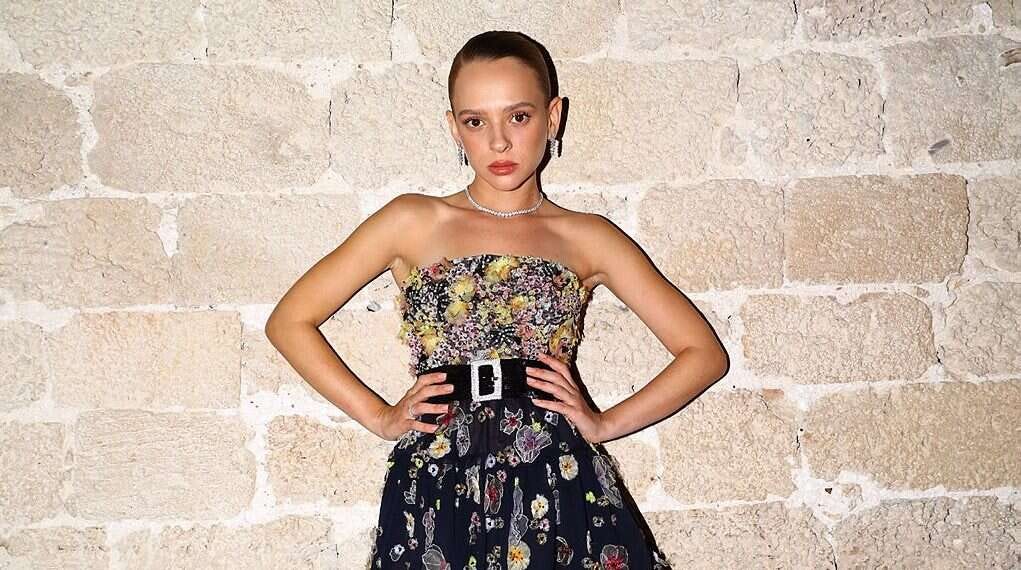
Haas is an acclaimed Israeli actress known in America mostly for her role in the Netflix miniseries Unorthodox. In this iteration, Marvel has knocked another thirty pounds off the character’s body weight. Haas is undeniably lovely. But forget about her being impervious to rifle fire—she looks like she’s vulnerable to the thermostat being turned down to 68 degrees. For the two-thirds of a second that she shows up in the Brave New World trailer, she’s advancing into a combat scenario with a wacky grip on a pistol so small that it’s getting dwarfed by its optics, and her goddamn finger on the trigger. Xosha Roquemore at least looks like she has some kind of business holding a sidearm. She also has no trigger discipline and is flagging the back of Haas’s prominent skull. But with Haas standing up straight at 5’2”, maybe Roquemore can aim over it when she opens fire.
Sabra is now a shrimpy blonde. Nothing remains of her costume’s connection to the flag of Israel except a blue sleeve cuff. The palette of the scene is subfusc.
If 1980 Sabra was a jingoistic sex object, 2024 Sabra internalizes several progressive anxiety complexes regarding female attractiveness, the existence of Israel, nationalism more generally, the racial aspect of Jews, and the connection of heroism to physical strength. To 2024 sensibilities, 1980 Sabra is not only too busty, but too swarthy. Politics, in theory, might progress. Culture only changes, and our default tendency is to replace one style of silliness with another.
We ought to bring back the good old days. To that end, I have drawn my own Sabra. I have restored her measurements, her complexion, her costume’s connection to the flag of Israel, and her magnificent 1980s hairstyle. The palette of the scene is jacked. She is knocking off the head of Yahya Sinwar, the terrorist slimeball who authored the October 7 atrocities and now leads Hamas. A couple of Jews created Captain America to beat up Nazis, and I’m honoring that tradition.
Content at DMJ is free but paid subscriptions keep it coming. Please consider one for yourself and thank you for reading.
Our next title in the Asynchronous Studio Book Club is Abstraction and Empathy: A Contribution to the Psychology of Style by Wilhelm Worringer. For more information, see the ASBC homepage.
“Franklin Einspruch: Tangibilia” is an online exhibition representing the physical one in New York in June 2024.
Dissident Muse’s first publication, Backseat Driver by James Croak, is available now at Amazon.
Aphorisms for Artists: 100 Ways Toward Better Art by Walter Darby Bannard is out now at Allworth Press. More information is available at the site for the book. If you own it already, thank you; please consider reviewing the book at Amazon, B&N, or Goodreads.
More accurately, Black Panther was an okay movie led splendidly by Chadwick Boseman, may he rest in peace. If you see Brave New World, I challenge you not to think of Boseman’s mountainous charisma compared to that of Anthony Mackie, who’s playing Sam Wilson.
Leaving aside the fact that Awkwafina has the comedic charm of a traffic cone, Shang Chi really belonged in the Marvel Netflix universe, teamed up with Iron Fist and Power Man. That would have been the chief reason not to race-swap Danny Rand, as was idiotically demanded by Marvel “fans” back in 2017. One of the few entertaining scenes in Ten Rings was the wire-fu homage that takes place in the fight between Xu Wenwu and Ying Li (played by the legendary Tony Leung and Fala Chen).


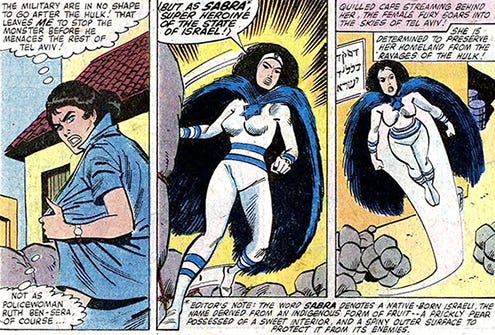
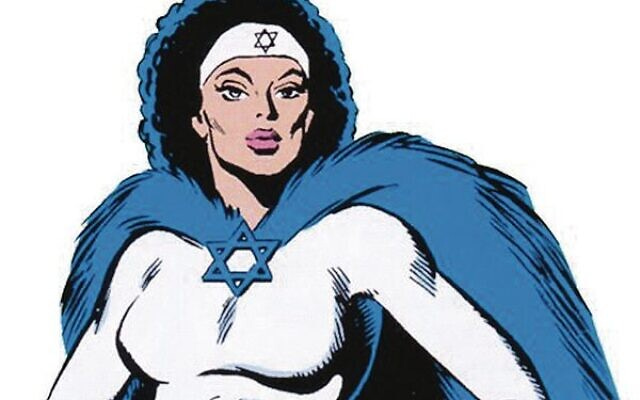


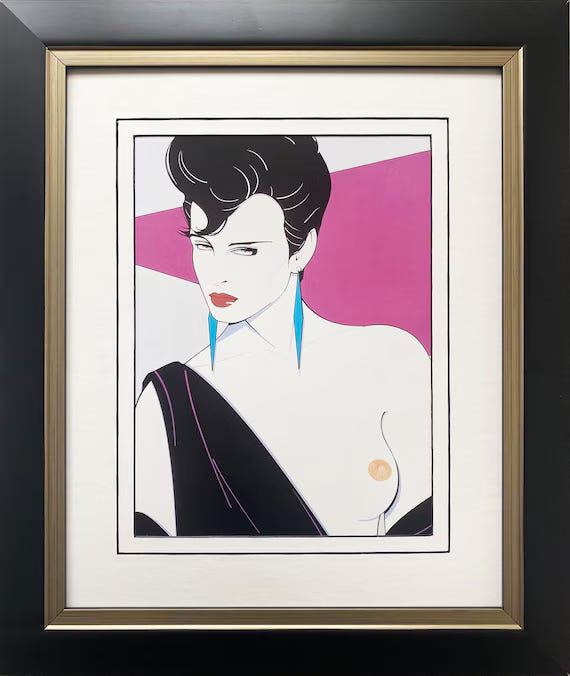
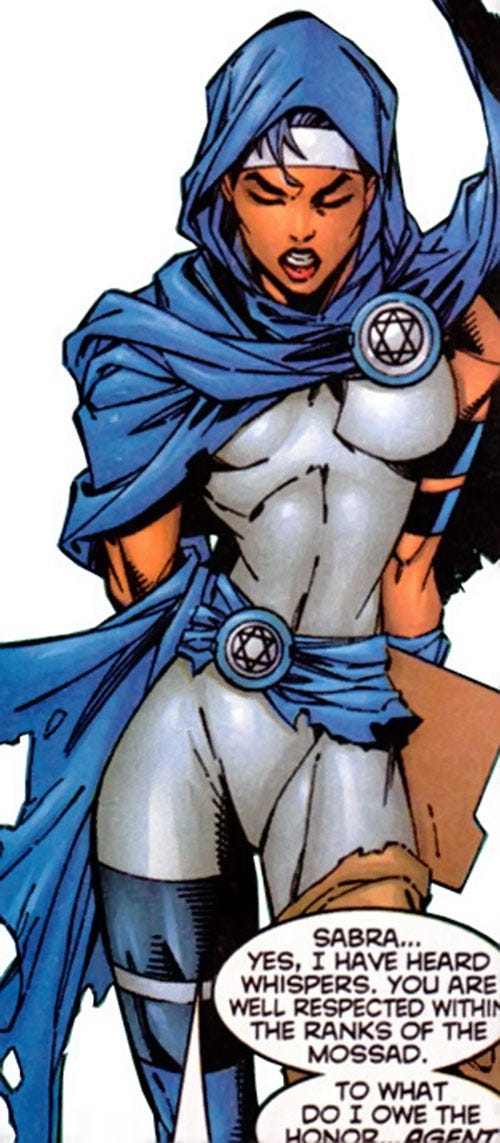


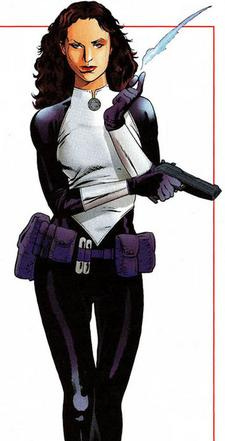
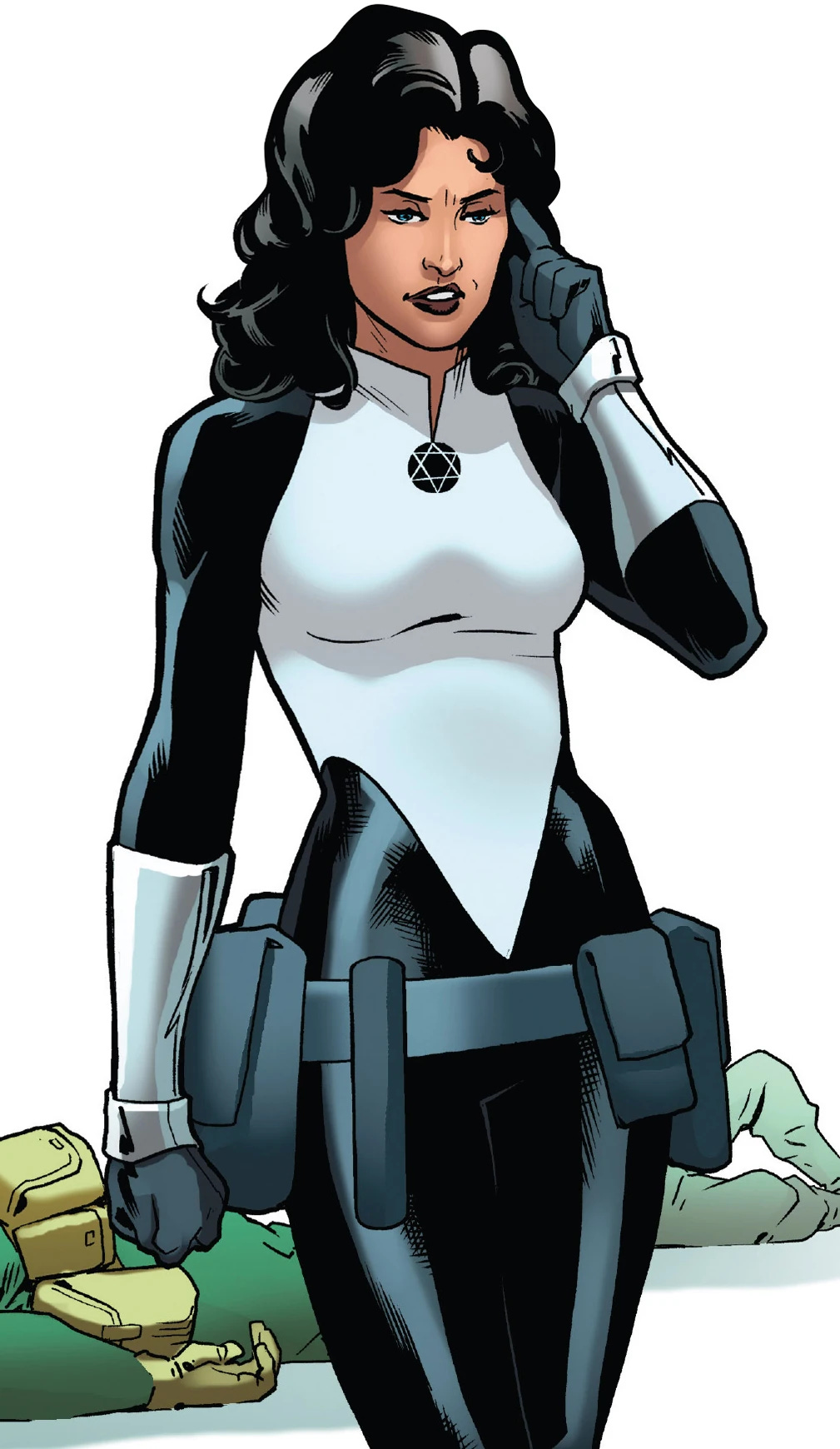

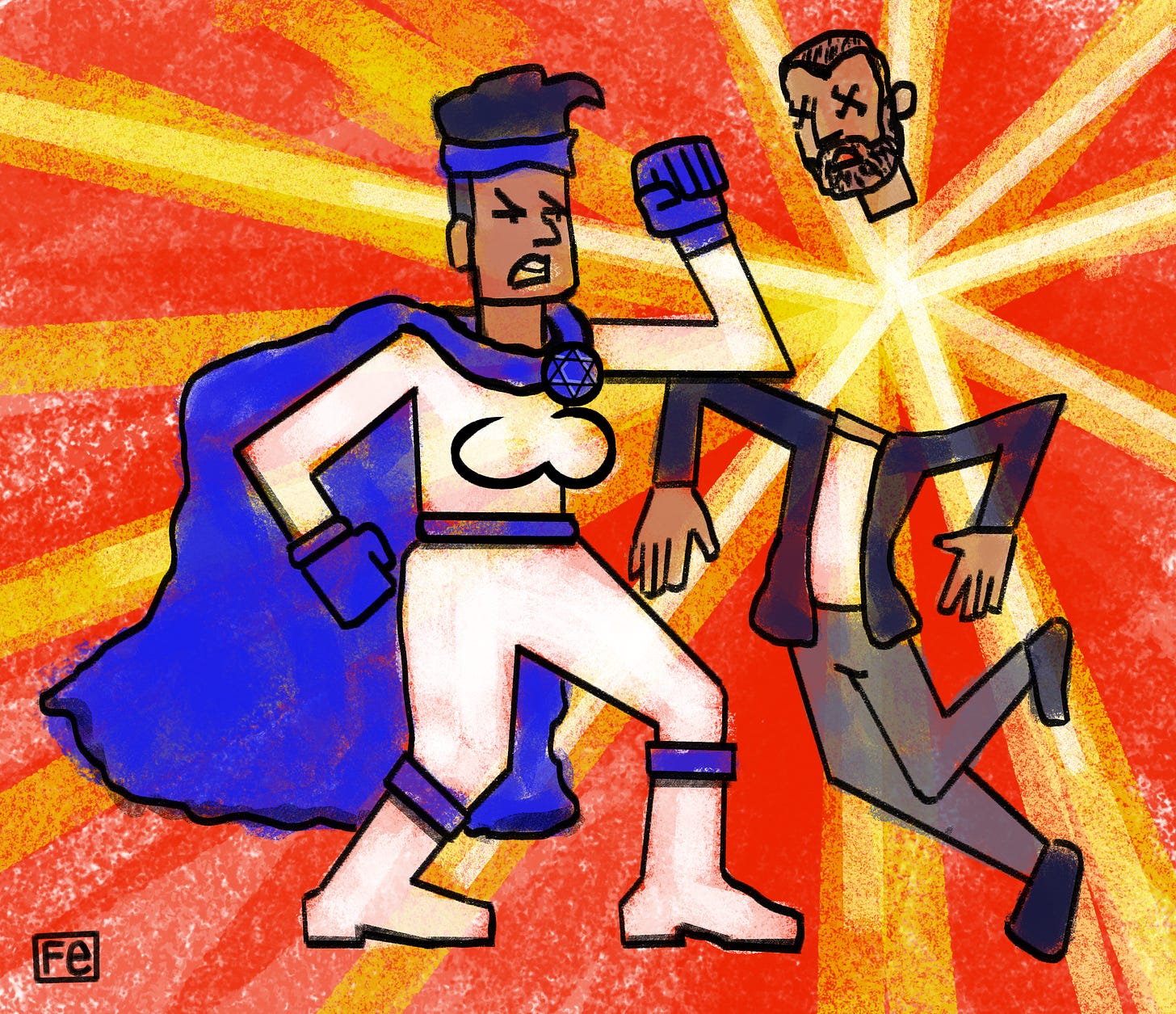
Reading your journal is always eye-opening and educational. Keep'em coming.
Ah yes the 1990s, the Golden Age of gigantic gadgets, dramatic foreshortening & -- What's the opposite of foreshortening? "Forelongation"??